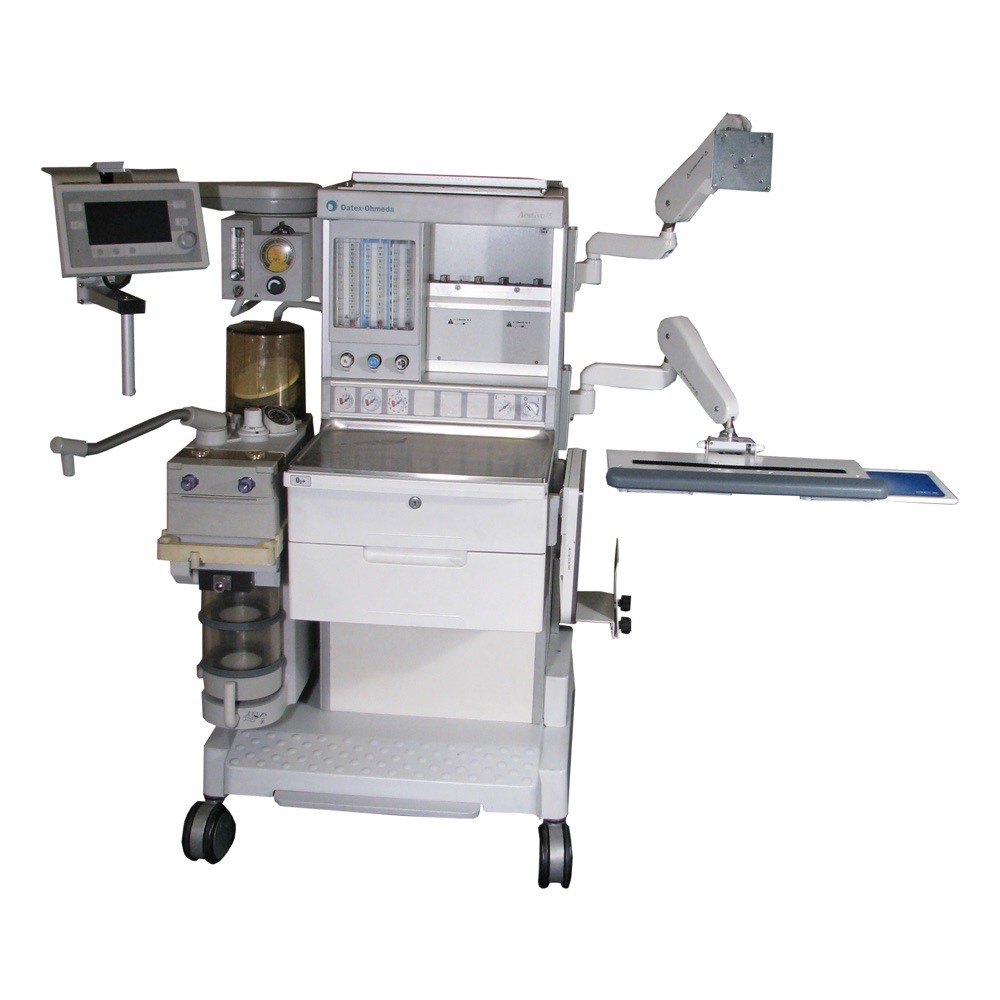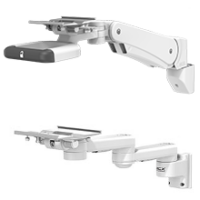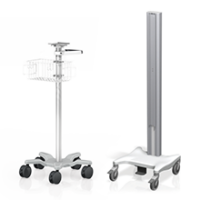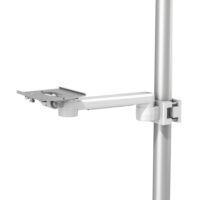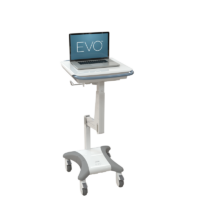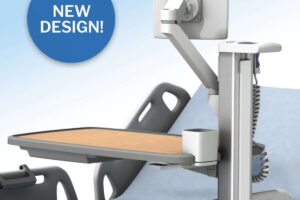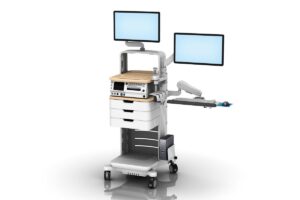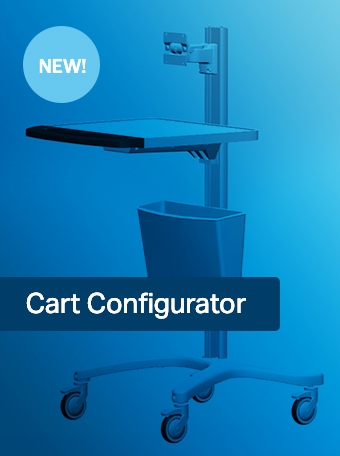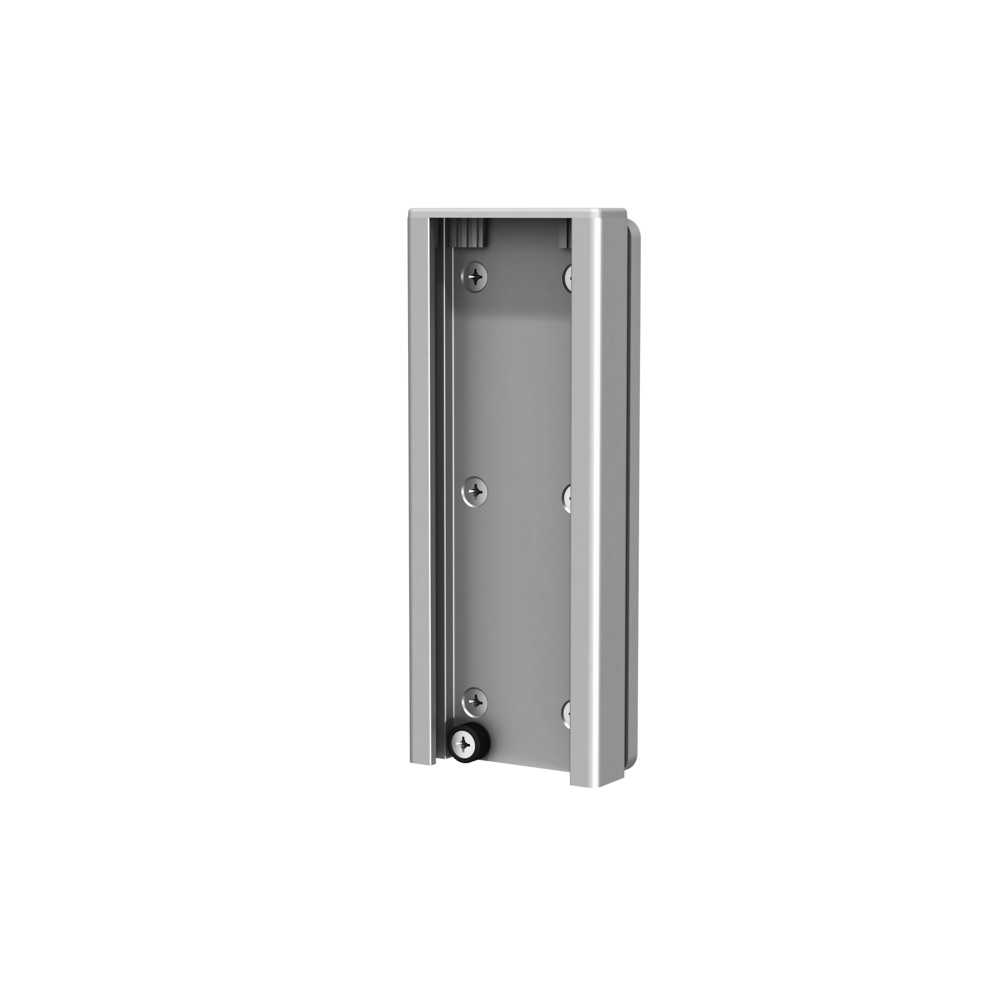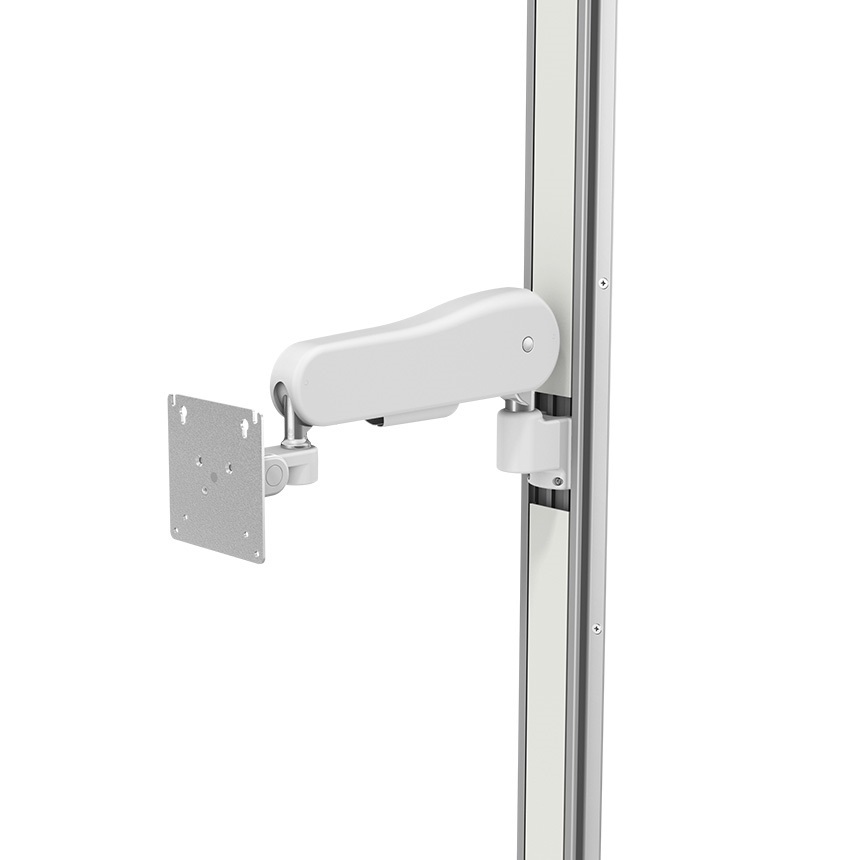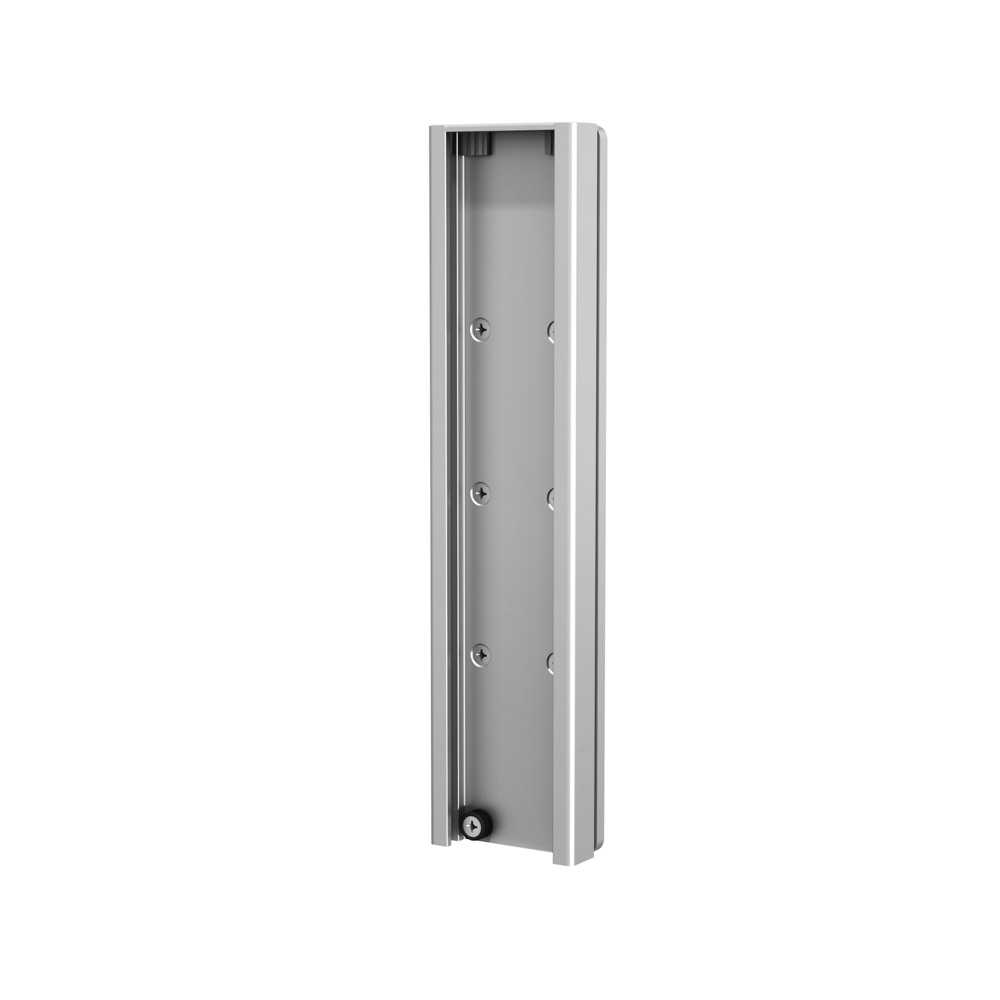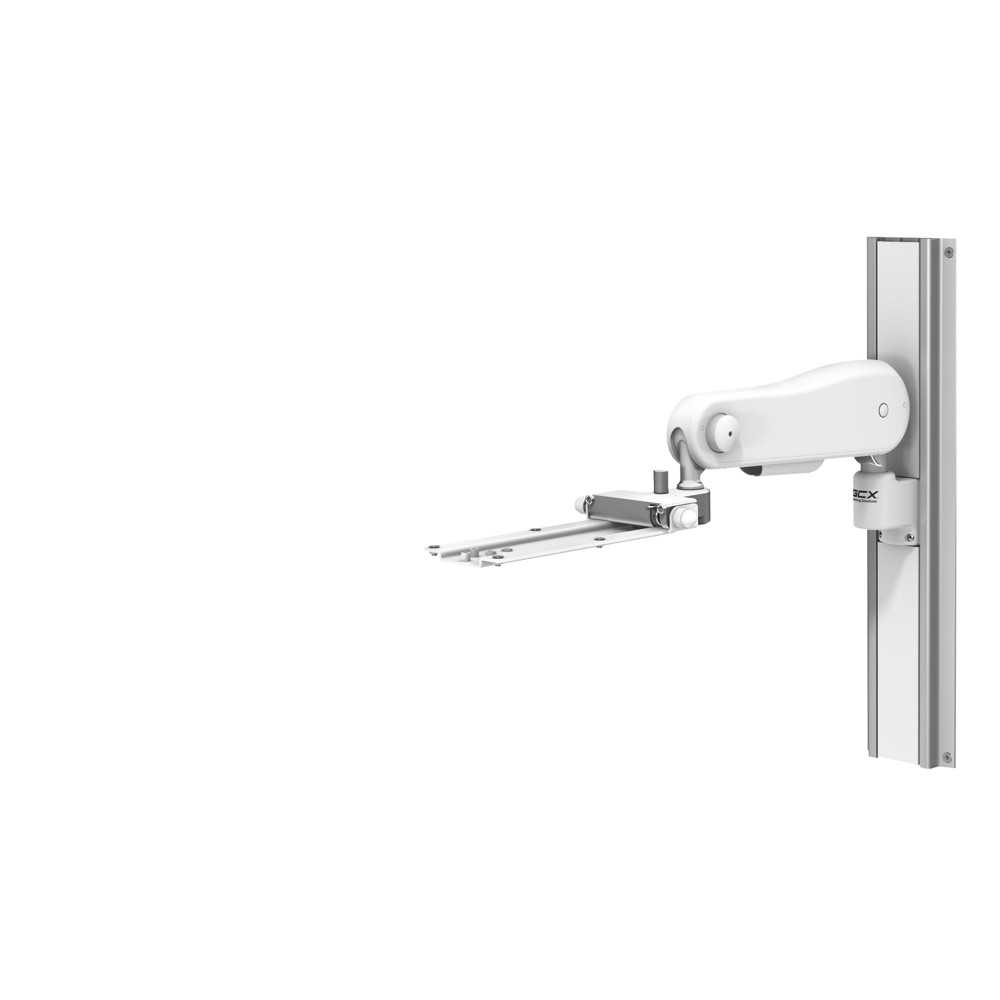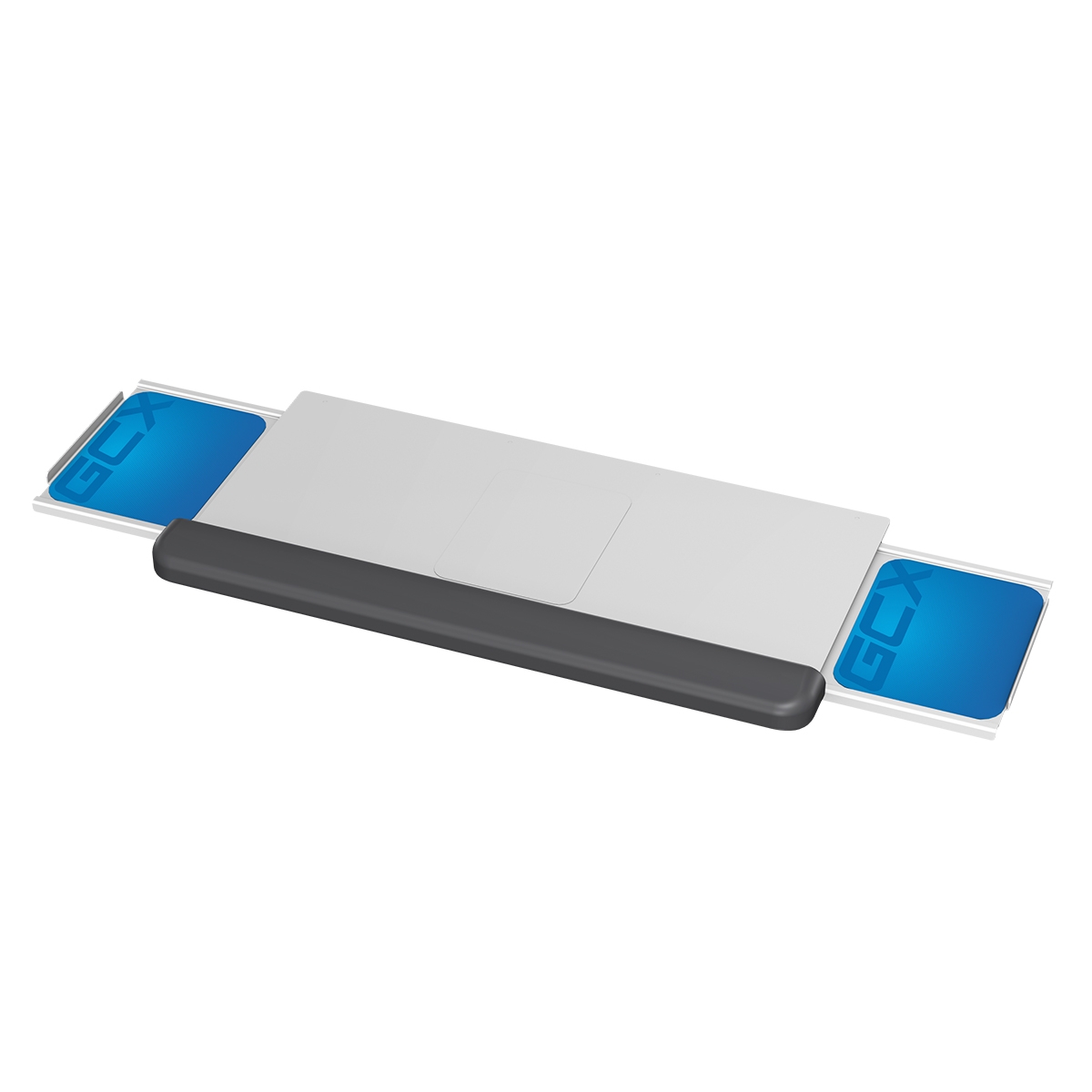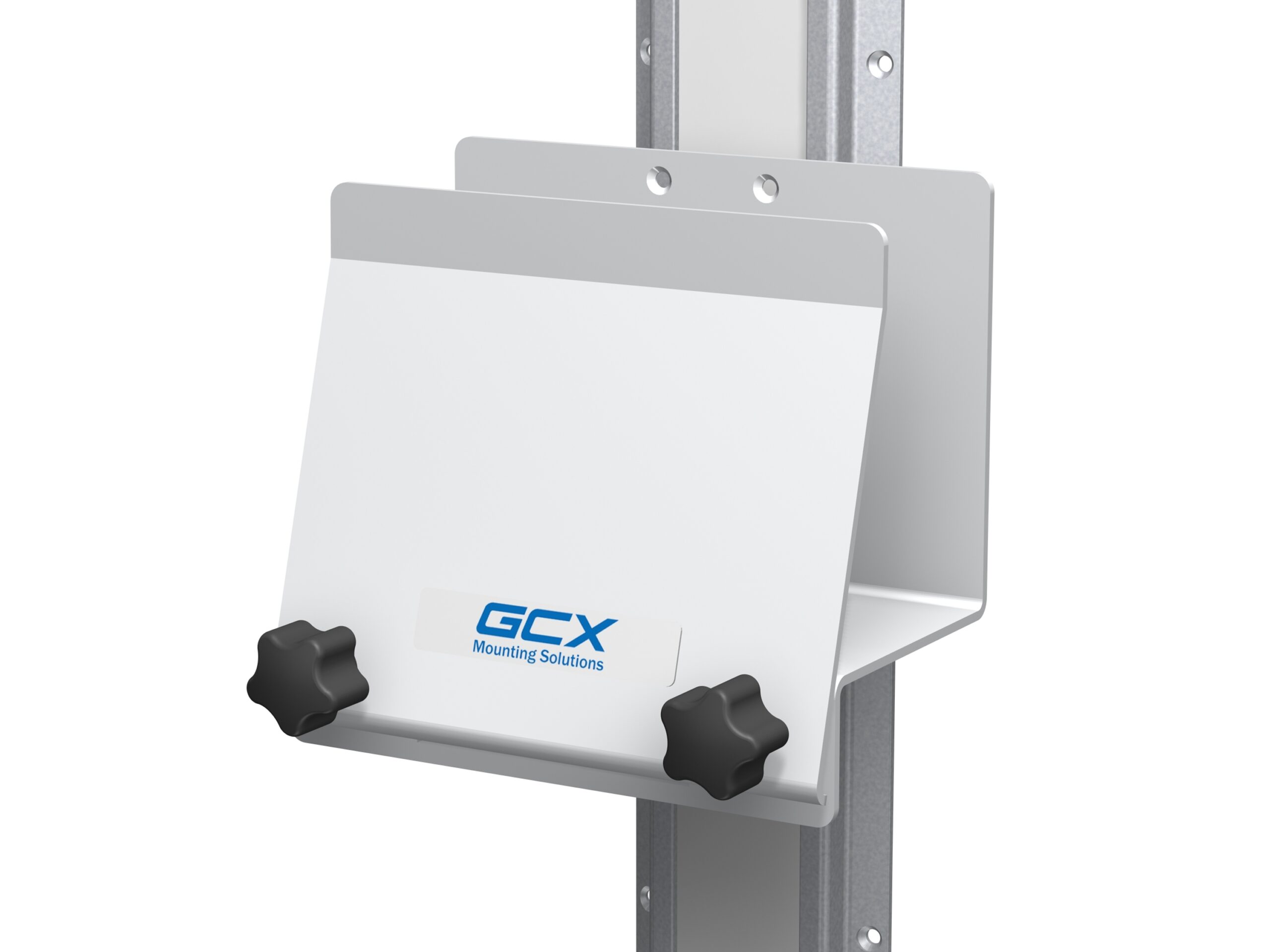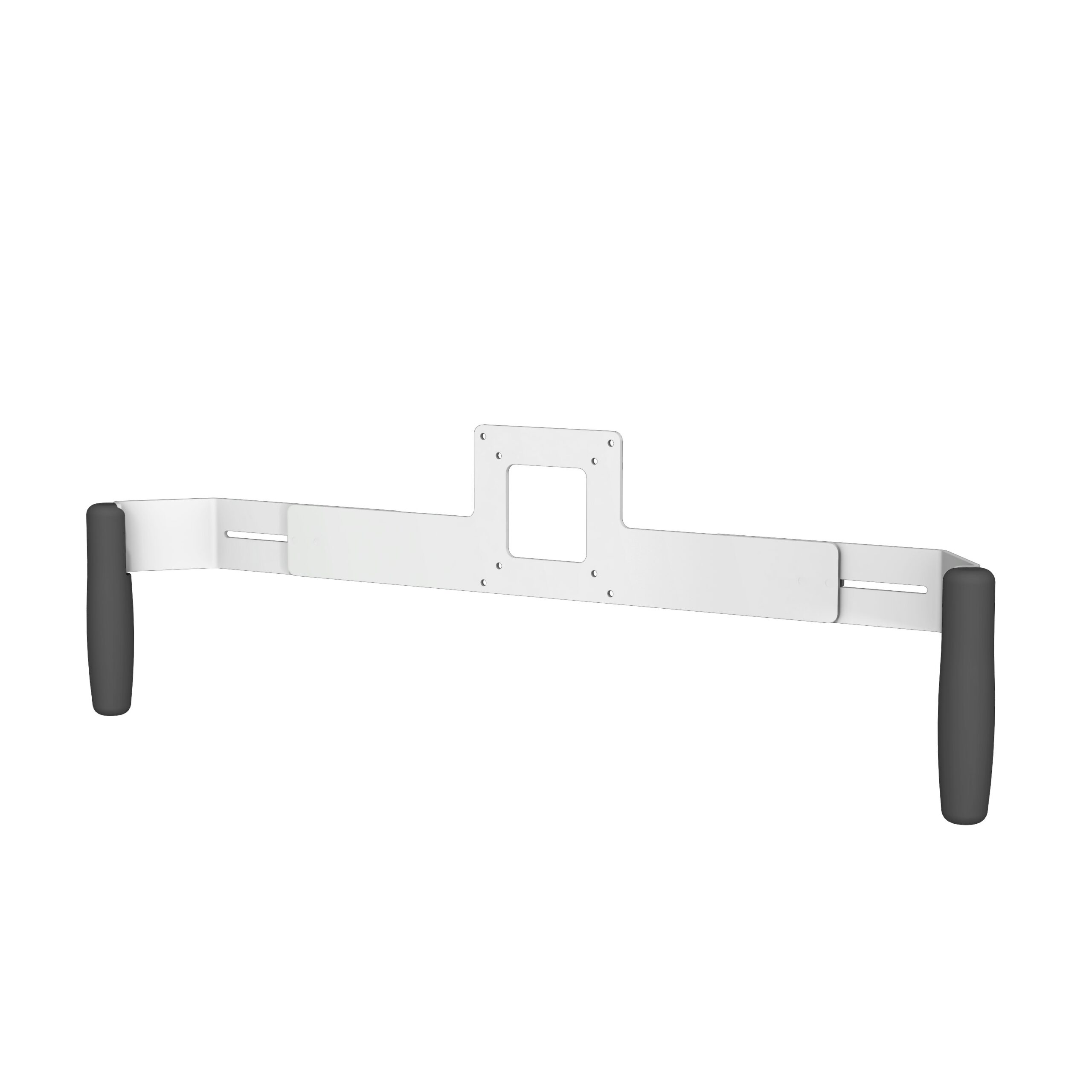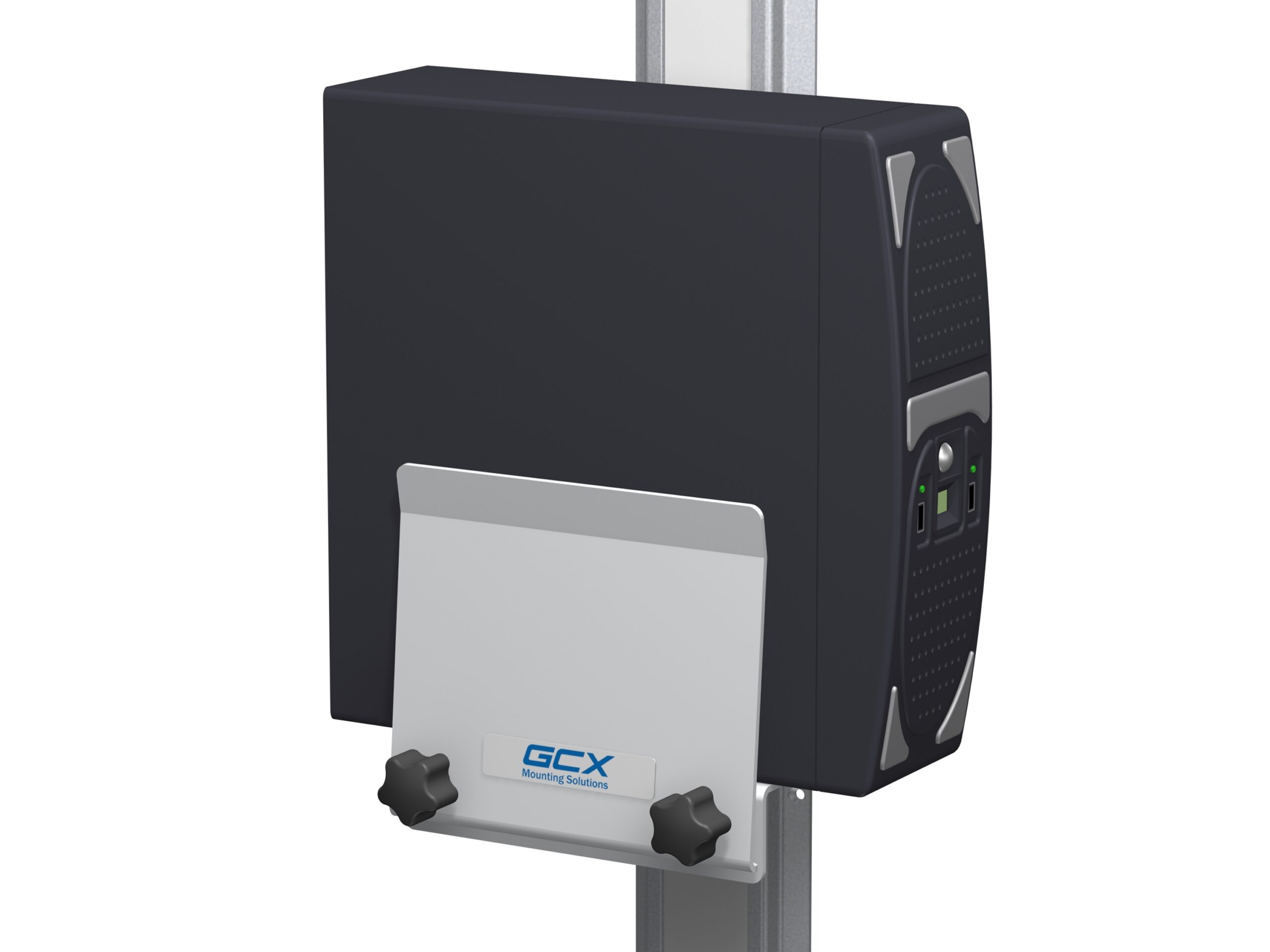
-
Lösungen
Pflegebereich Lösungen
Standardisieren Sie GCX-Montagelösungen in Ihrer gesamten Gesundheitseinrichtung.
IT- und EMR-Lösungen
Befestigungslösungen für Geräte der Informationstechnologie und der elektronischen Patientenakte.
Montagelösungen je nach Montageort.
Lösungen für medizinische Geräte
Befestigungslösungen, die speziell für Ihre medizinischen und Patientenüberwachungsgeräte entwickelt wurden.
-
Produkte
Zubehör
- 10 x 25 mm Schienen
- Barcode-Scanner-Halterungen
- CPU-Halterungen
- Gasflaschenhalterungen
- Gel-Flaschenhalterung
- Griffe
- Halterungen für Datenerfassungsgeräte
- Halterungen für Netzteile
- Kabelmanagement
- Kamerahalterungen
- Kanäle
- Körbe und Kästen
- Montierbare Tablet-Gehäuse
- Nach unten Posten
- PolyQuip® Halterungen für Pfosten und Infusionsbeutel
- Probe Cup Mount
- Schubladen
- Steckdosenleisten für medizinische Zwecke
- Tablet Integration
- Tabletts
- Tastaturablagen und -platten
- UPS-Halterungen
- USB-Lademodule
- VESA-Adapter-Platten
-
OEM-Dienste
Die Montagelösungen für OEM-Partner im Bereich medizinischer Geräte reichen von Standardprodukten bis hin zu kompletten kundenspezifischen Produkten.
Annäherung
Modalitäten
- Andere Modalitäten
- Belüftung
- Ultraschall
- Patientenüberwachung
- Telemedizin
- Chirurgische Navigation
- EKG-Lösungen
Unser Fachwissen
-
Unterstützen Sie
-
Über GCX
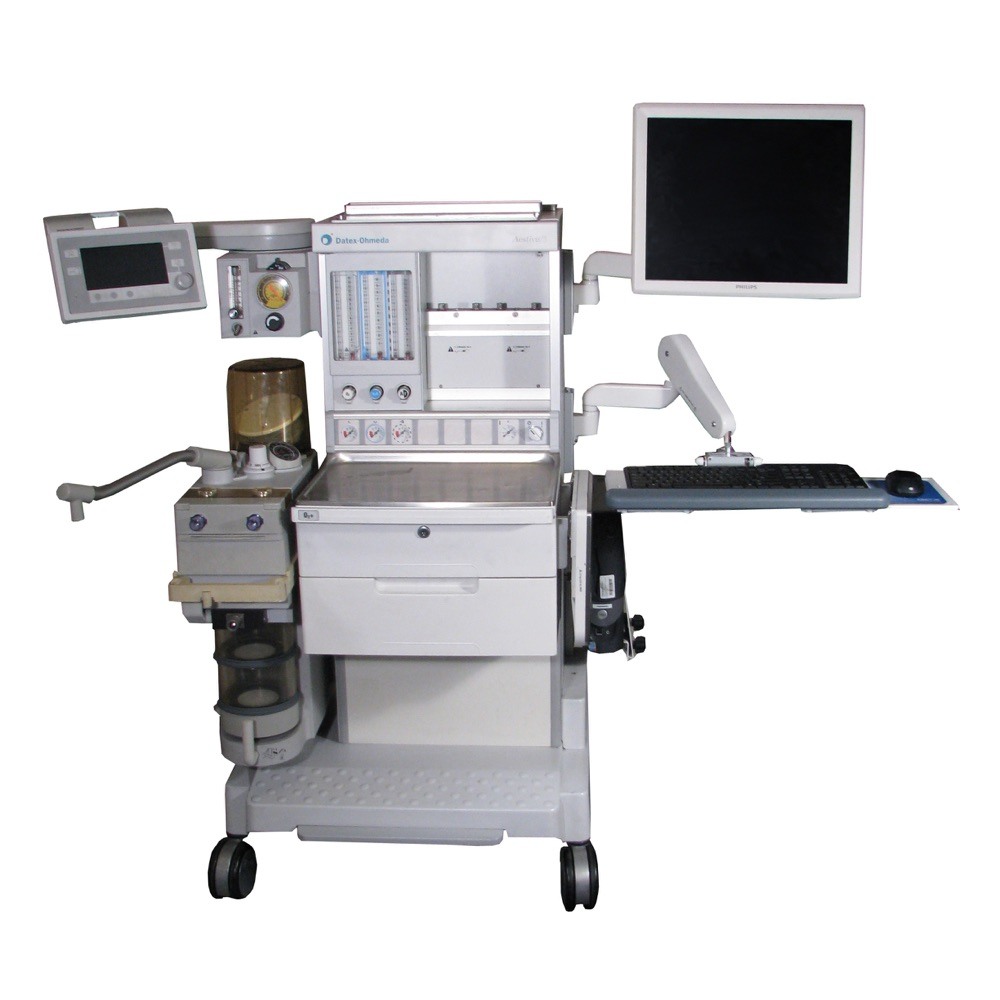 Informationen anfordern
Informationen anfordernDatenblatt erstellen
Wählen Sie Optionen an der rechten Seite aus, und erstellen Sie ein individuelles Datenblatt.
VHM-25 für Flachbildschirm und VHM-25 für Tastatur an GE Healthcare Aestiva
OH-0010-83
Höhenvariabler Trägerarm VHM-25
- Kompaktes, platzsparendes Design
- VESA-kompatibel (75/100 mm)
- Max. Gewichtsbelastung: 3,2–9,1 kg
- Mit Schwenk-/Neigefunktion
- Mit Drehfunktion für Hochformat- oder Querformat-Ausrichtung
- Höhenverstellbereich: 30,5 cm
- Glatte, durchgängige und annähernd nahtlose Oberfläche für einfache Reinigung
Hinweis: Bei Verwendung von Bildschirm-Handgriffen an einem Flachbildschirm mit 100-mm-Lochbild ist FLP-0002-17 erforderlich.
WS-0008-01
WS-0008-02
WS-0008-04
WS-0008-32
OH-0010-83
OH-0010-84
Armoptionen
- Kompaktes, platzsparendes Design
- Traglastbereich: 1,4–4,5 kg
- Werksseitig optimiert für Tastaturen mit einem Gewicht bis zu 2,3 kg
- Hochklappbarer Tastaturhalter mit einstellbarem Widerstand für den Klappmechanismus
- Wandabstand in senkrechter Position: 14,0 cm
- Einstellbare Tastaturneigung: +/– 10 Grad
- Höhenverstellbereich: 30,5 cm, mit Widerstandseinstellung
- Mit Schwenkfunktion
- Glatte, durchgängige und annähernd nahtlose Oberfläche für einfache Reinigung
Hinweis: Tastaturablage separat erhältlich
WS-0008-06
WS-0008-07
Optionen für Tastaturablagen und -platten
WM-0023-56
Recommended Accessories
OH-0010-83
OH-0010-84
WM-0007-41
Bildschirm-Handgriffe
FLP-0008-64
CPU-Halterungen
WM-0007-40
WM-0007-41
WM-0007-42
WM-0007-43
GCX manufactures mounting hardware for a variety of patient monitoring equipment and related devices. The configurations shown are provided for reference only and are intended to show the components available for building a complete workstation. Due to the significant variations in anesthesia machines and related equipment, GCX makes no claims regarding the tip stability or overall safety of the final configuration. It is the responsibility of the healthcare institution to ensure that the configuration—the anesthesia machine and all components set on, or mounted to, it—is safe.
Datasheets
Installationsanleitungen
-
CPU-Halterung für Gerätewagen
DU-CPU-RS -
Handgriff für Flachbildschirme mit Gehäusebreite 12–25" (30
DU-FLP-0008-64 -
Installationsanleitung – 7"-Profilschiene (17
DU-OH-0010-83 -
20
DU-WM-0023-56 -
Installationsanleitung – GCX-Profilschienenhalterung für VHM-25™
DU-WS-0008-01 -
Installationsanleitung – Tastaturhalterung für VHM-25™
DU-WS-0008-07
Produktdatenblatt erstellen
Diese Produktkonfiguration versenden
„*“ zeigt erforderliche Felder an
Anfrage nach Produktinformationen
„*“ zeigt erforderliche Felder an
Aestevia VHM Monitor Keyboard Loaded web

Aestevia VHM Monitor Keyboard Unloaded WEB
